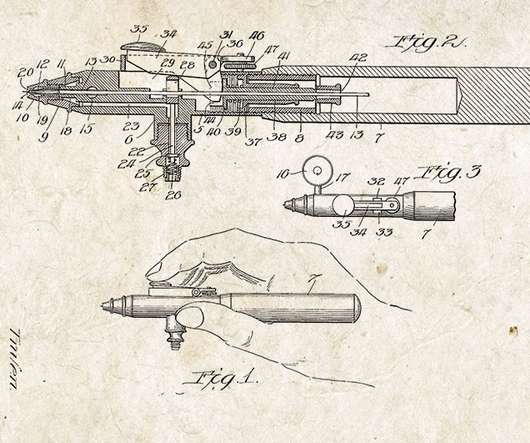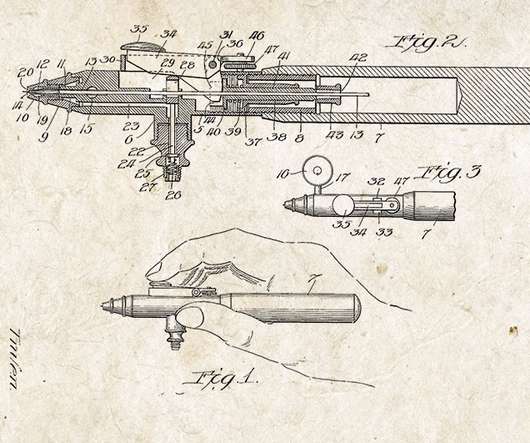Capturing All the Dimensions: Intellectual Property Protection for 3-D Designs and 3-D Printing Methods
More Than Your Mark
AUGUST 20, 2021
At its core, 3-D printing uses computer code in a computer-aided design (CAD) file to instruct specially designed printers to print three-dimensional physical objects one layer at a time. If you have invented a 3-D printed product or have a new printing process, remember to consult an intellectual property lawyer before marketing it.





























Let's personalize your content